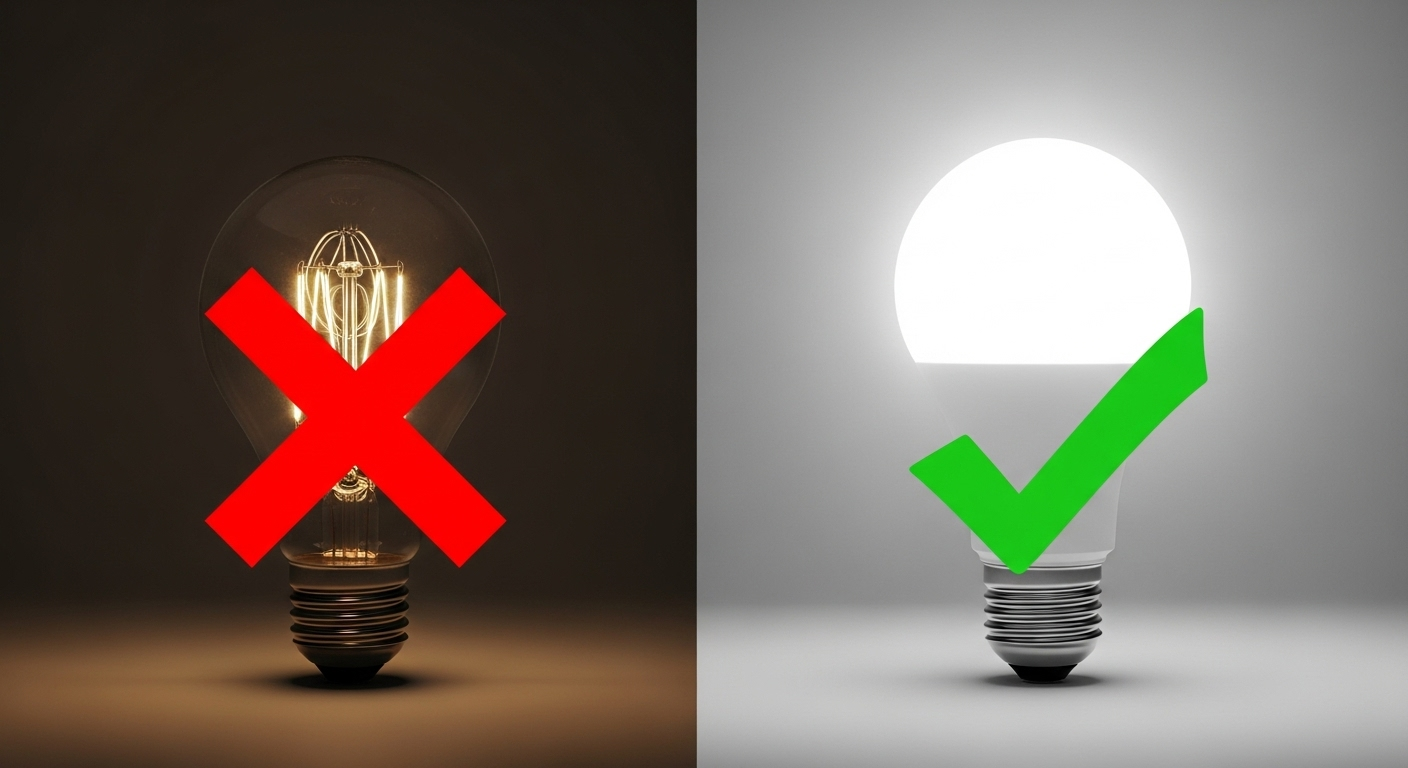Widespread mitochondrial health myths can leave you feeling tired, frustrated, and often wasting money on things that don’t work. As a nutritional scientist, I see people fall for these same misconceptions time and again.
Today, we’re cutting through the noise. I’m going to debunk five of the most common myths to give you the clarity you need to take back control of your energy.
Myth #1: “More Coffee is the Answer to Low Energy.”
The Reality: While coffee can make you feel more alert, it does not create real energy. It acts as a central nervous system stimulant. The caffeine molecule blocks adenosine receptors in your brain—adenosine is a neurotransmitter that makes you feel sleepy.
Think of it like this: your body isn’t a bank you can withdraw endless energy from. Caffeine is more like a high-interest credit card. You’re borrowing energy from your future self, often leading to a “crash” later and disrupting your natural sleep-wake cycle. It masks the root problem without ever fixing the underpowered engine.
What to Do Instead: Use caffeine strategically, not as a crutch. Focus on building a true energy reserve by nourishing your mitochondria directly, so you don’t need to rely on stimulants to get through the day.
Myth #2: “Feeling Tired After 40 is Just Normal Aging. You Can’t Do Anything About It.”
The Reality: This is one of the most disempowering mitochondrial health myths. While it’s true that mitochondrial function naturally declines with age, it is absolutely not a fixed sentence. Your body is a dynamic system that responds to the signals you send it.
Science shows we can trigger a process called mitochondrial biogenesis—the creation of new, healthy mitochondria—at any age. Your lifestyle choices are the most powerful signals you have.
What to Do Instead: Actively work to build new mitochondria. Incorporate a mix of exercise, especially High-Intensity Interval Training (HIIT) and resistance training. A diet rich in polyphenols and antioxidants (found in colorful fruits, vegetables, and green tea) also provides the building blocks for cellular repair.
Myth #3: “All Energy Supplements Are Basically the Same.”
The Reality: This is a dangerous and expensive myth. The supplement aisle is filled with products that fall into two very different categories:
- Stimulants: These contain high doses of caffeine, guarana, or other compounds that give you a temporary, artificial jolt. They do nothing for your underlying cellular health.
- Mitochondrial Builders: These provide the specific raw materials your cells need to produce their own ATP (energy). Ingredients like Coenzyme Q10 (CoQ10), PQQ, L-Carnitine, and NAD+ precursors work at the source of energy production.
Confusing the two is like confusing a shot of adrenaline with a nutritious meal. One is a short-term fix; the other provides long-term fuel.
What to Do Instead: Look past the hype and read the ingredient label. Choose a formula that focuses on building cellular energy, not just masking fatigue. A prime example of a well-formulated, science-backed product is Mitolyn. Unlike basic energy pills, its formula targets mitochondrial health from multiple angles.
➡️ [We break down its unique ingredient synergy in our full Mitolyn review here.]
Myth #4: “Only Intense, Hour-Long Workouts Can Boost Mitochondria.”
The Reality: While exercise is a potent mitochondrial booster, the “more is always better” mindset can backfire. Extremely long or intense workouts, without adequate recovery, can dramatically increase oxidative stress—the very “cellular rust” that damages mitochondria in the first place.
The key is a biological principle called hormesis: a small, manageable dose of stress makes the body stronger, but too much stress breaks it down.
What to Do Instead: Focus on smart, consistent exercise. Short bursts of HIIT (like 20 seconds of sprinting followed by a minute of rest, repeated 8 times) are incredibly effective at signaling mitochondrial growth. Combining this with 2-3 sessions of resistance training per week is a perfect recipe for cellular health without overtraining.
Myth #5: “If You’re Tired, You Just Need More Sleep.”
The Reality: No one will argue that sleep isn’t critical. During sleep, your brain and body perform essential cleanup and repair processes. However, if your mitochondria are inefficient, you can sleep for eight or nine hours and still wake up feeling unrested.
Why? Because your body lacks the fundamental capacity to produce energy efficiently during your waking hours. You can have a fully charged phone battery, but if the phone’s processor is broken, it will still be slow and sluggish. Sleep charges the battery; healthy mitochondria ensure the phone runs smoothly.
What to Do Instead: Prioritize both sleep quality and daytime mitochondrial support. Create a consistent sleep schedule and optimize your bedroom for darkness and quiet. Pair this with the diet and exercise strategies mentioned above to ensure your cells can make the most of that rest.
The Takeaway: Knowledge is Power
Don’t let mitochondrial health myths dictate your energy levels. By understanding how your mitochondria truly work, you can shift from quick fixes to sustainable solutions and build a foundation of vibrant, lasting energy.
Laura M. is a nutritional scientist with a PhD in Human Nutrition, specializing in cellular metabolism and evidence-based health. With over a decade of experience in research, she is passionate about cutting through the hype in the supplement industry to provide clear, actionable guidance. Her mission is to help people understand the science behind their health choices.
